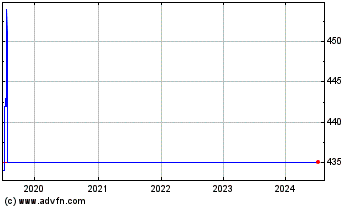Safecharge (LSE:SCH)
Historical Stock Chart
From Jun 2019 to Jun 2024


